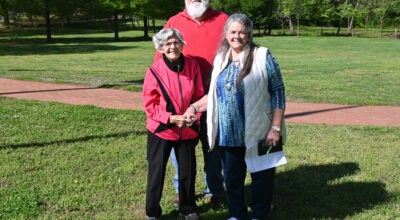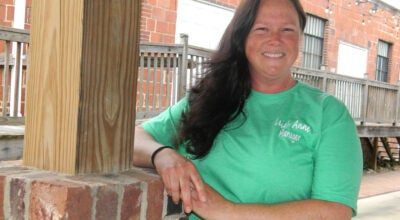Salisbury Planning Board offers revisions to land development ordinance
Published 12:00 am Wednesday, May 29, 2019
SALISBURY — After being tasked by the Salisbury City Council, the Planning Board on Tuesday looked at updating the city’s land development ordinance.
Several special use permit cases have come before the board and council. Both groups have expressed concerns about the bar, tavern or nightclub classification, the definition of school and the proximity of a place where alcohol is served to a school.
“This is in effort to resolve that issue. If you’re not a bar, tavern or nightclub, you really should not be classified in that definition and in the permit approval process,” Zoning Administrator Teresa Barringer said.
The revised text amendment, which will now go before council, says no bar, tavern or nightclub should be located within 500 feet of any lot in neighborhood mixed-use, commercial mixed-use and highway business or within 50 feet of any lot in the downtown mixed-use zoning district that contains a public school, nonpublic school, church or commercial child care center.
The Planning Board and City Council have recently considered two special use permits for on-site beer and wine consumption at Bottle & Can and Grievous Gallery, both located in downtown. Grievous Gallery was tabled twice at the board and twice at council. Grievous Gallery was less than 500 feet away from a church that had child care. Although within 500 feet of that same church less is Go Burrito, a restaurant that serves alcohol.
The board also approved an update to the definition of bar, tavern or night club that states, “A business where alcohol beverages are sold for on-site consumption, which are not part of a larger, primary use of a micro-brewery, restaurant, lodging, movie/theatre, or general retail. A bar, tavern, or night club may also include live music, and/or dancing, comedy, etc.”
This allows for business that have on-site alcohol consumption as a secondary use to be allowed without a special use permit.
Barringer explained that a book store would be able to serve wine for book clubs under this updated text amendment.
Board member John Schaffer asked how the text amendment, if approved by council, would impact businesses, using Grievous Gallery as an example that has a child care facility nearby.
“If these were in effect and Grievous Gallery opened up their business today and wanted to have beer and wine, they could do that without asking us, even though they were situated within 500 feet of a property that has a school-ish thing on it,” Schaffer asked.
Barringer said Grievous Gallery could.
“When you got a primary use that is permitted by right and then the beer and wine is just an accessory consumption activity, engaged with the primary use, additional approvals are not required,” Barringer said.
Attorney Randy Reamer said this text amendment cleaned up and addressed the concerns. Board member Bill Burgin said the revisions seem safe after hearing that, if someone bought a property that had accessory use alcohol consumption was turned into a bar, tavern or nightclub, he or she would have to get a special use permit.
In other business:
• The Planning Board approved a text amendment that would consider outdoor seating at restaurants and bars for parking amounts.
Current regulations state the maximum parking sports for a restaurant or bar is 20 per 1000 square feet of dining area.
The amendment, if approved by council, would state “All square footage calculations are gross inferior floor area with the exception of a restaurant/bar use which can include both interior and exterior gross dining floor area for square footage calculation.”
Barringer said the staff was challenged to look at updating the text amendment regarding parking lots, as Culver’s Restaurant expecting to open at the former Ryan’s Buffet on Jake Alexander Boulevard, which specializes in outdoor seating.
• The board recommended an update to the accessory structures text, such as arbors, pergola and trellis, to be allowed in front and side yards if they do not exceed 20 percent of the square footage of the primary structure.





